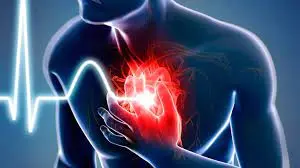Imagine being underwater too long or choking on a piece of food. In those moments, every second without oxygen feels like forever. Now, picture your heart and brain struggling through that same suffocation. That’s what happens during hypoxic cardiac arrest—when the heart literally stops beating because it runs out of oxygen.
Unlike the sudden heart attacks we often hear about, hypoxic cardiac arrest usually begins with a breathing problem. The airway may be blocked, the lungs may be failing, or oxygen simply isn’t reaching the bloodstream. The heart can only survive a short while without its fuel, and when oxygen doesn’t arrive, it shuts down. The brain, just as oxygen-hungry, starts to suffer damage within minutes.
The causes are often everyday situations that turn dangerous in a flash—drowning, choking, an asthma attack, or a severe lung illness. Parents may recognize the fear of a child choking, while older adults battling chronic respiratory disease face their own risks. What all these situations share is the same silent threat: oxygen slipping away unnoticed until it’s too late.
The signs can be terrifying—someone suddenly collapsing, their skin turning blue, their pulse fading away. In those moments, panic is natural, but action is everything. CPR can keep blood moving to the brain and heart, buying precious minutes. If oxygen support is given quickly—whether by mouth-to-mouth rescue breaths, a ventilator, or emergency oxygen therapy—the chances of survival rise dramatically.
This is why learning CPR is not just a skill, but a responsibility. In a hypoxic arrest, the first person on the scene often decides the outcome. Quick recognition and swift action can pull someone back from the brink.
At its core, hypoxic cardiac arrest is a reminder of how fragile life can be—and how powerful timely intervention is. Oxygen may be invisible, but it is the thread that keeps us alive. When that thread is cut, every second counts. Acting fast, knowing what to do, and never ignoring a breathing emergency can truly mean the difference between life and death.


